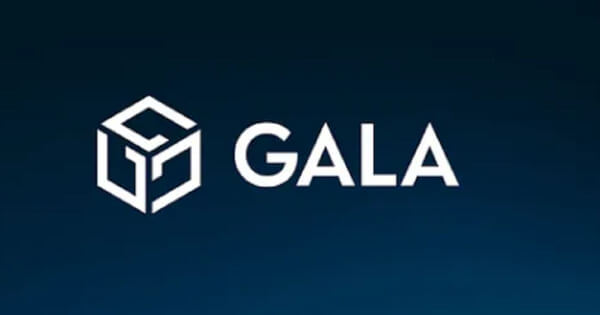Understanding DeFi: The Decentralized Finance Revolution in Web3
Timothy Morano Oct 29, 2024 08:31
Explore how Decentralized Finance (DeFi) transforms financial systems using blockchain, offering peer-to-peer transactions and smart contracts in the Web3 landscape.

Decentralized Finance, commonly known as DeFi, represents a groundbreaking shift in how financial transactions are conducted, leveraging blockchain technology to facilitate peer-to-peer exchanges without the need for traditional intermediaries such as banks. This innovative approach allows for the execution of financial services like borrowing, lending, and trading through smart contracts and cryptocurrencies, bypassing centralized control systems.
How DeFi Evolved from FinTech
DeFi is an extension of the financial technology (FinTech) that sought to enhance accessibility and efficiency in finance through digital platforms. While FinTech operates within existing regulatory frameworks, DeFi distinguishes itself by entirely circumventing these centralized models, creating an alternative ecosystem on the blockchain. The rise of cryptocurrencies like Bitcoin and Ethereum has been pivotal in this evolution, enabling decentralized applications (dApps) to replicate and enhance traditional financial services.
Importance of DeFi in the Web3 Ecosystem
In the Web3 landscape, DeFi plays a vital role by democratizing access to financial services, giving users control over their assets regardless of geographical or social constraints. It aligns with Web3's core principles of decentralization and user sovereignty, allowing direct interaction with financial markets through decentralized networks. This transformation enhances transparency and user autonomy, embodying the ethos of Web3.
DeFi vs. Traditional Finance
Traditional finance (TradFi) relies heavily on trust in centralized institutions like banks to manage funds and process transactions. These systems, while secure, are vulnerable to institutional failures and corruption. DeFi, however, operates on 'trustless' systems, where smart contracts on decentralized networks execute transactions automatically based on predefined conditions, reducing the risk of tampering by any single entity.
The Role of Trust
Centralized finance requires users to trust that institutions will manage their funds securely and fairly. In contrast, DeFi minimizes this trust requirement through blockchain's transparency and security, allowing users to independently verify transaction integrity. This model significantly reduces dependency on central authorities, enhancing financial autonomy.
Risks Associated with DeFi
Despite its advantages, DeFi is not without risks. The nascent nature of DeFi technology presents challenges such as:
- Smart Contract Vulnerabilities: Bugs or exploits in smart contracts can lead to significant financial losses, as evidenced by several high-profile hacks.
- Lack of Regulation: Operating outside traditional regulatory frameworks offers flexibility but leaves users without legal recourse in cases of theft or fraud.
- Scams and Bad Actors: The open nature of DeFi allows for potential scams, necessitating thorough research and caution from users.
Nevertheless, DeFi represents a transformative shift in financial services, providing opportunities for individuals excluded from traditional systems and offering greater control over personal assets.
The Future of DeFi
As DeFi matures, technological advancements and improved security practices are expected to mitigate current risks. The future may see increased integration between DeFi and traditional finance, potentially resulting in hybrid models that leverage the strengths of both systems. By harnessing blockchain technology, DeFi aims to revolutionize financial interactions, promoting a more open, transparent, and secure system.
For more insights, visit the original article on Gala News.
Image source: Shutterstock.jpg)
